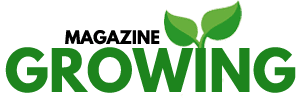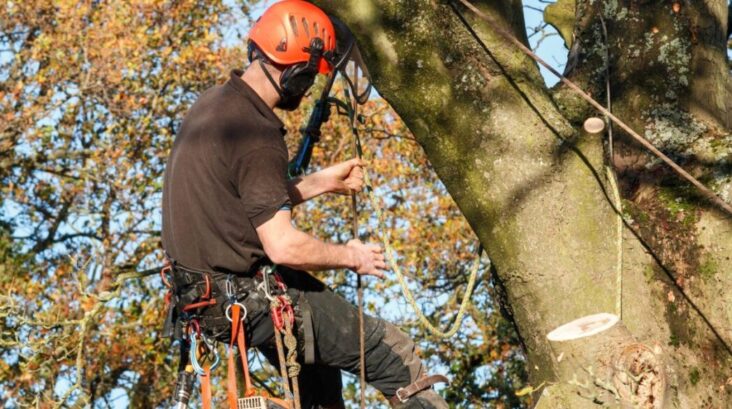Trees are more than just aesthetic elements in our environments; they are constituents of both pastoral and metropolitan ecosystems. They provide many ecological advantages, such as the production of oxygen, the storage of carbon, and the provision of habitats for diverse fauna.
In city settings, trees act as organic coolants, diminish rainwater runoff, and enhance the psychological health of inhabitants. Their presence is imperative for the balance of nature in the places we inhabit. Despite their importance, trees confront numerous threats that can impair their well-being and durability.
The health of trees is often jeopardized by a spectrum of factors, from natural predators and pathogens to anthropogenic damage such as pollution, construction-induced injuries, and inadequate maintenance. As living entities, they require attentive stewardship and administration to flourish.
Enter tree service professionals: these experts are armed with the expertise and implements necessary to identify, manage, and avert complications that might afflict these towering botanicals.
These tree service Seattle professionals play a key part in maintaining the vitality and longevity of our cherished trees, rendering their skills indispensable for the conservation of our natural surroundings and the visual appeal of our urban centers.
The Silent Sentinels of Health: Trees
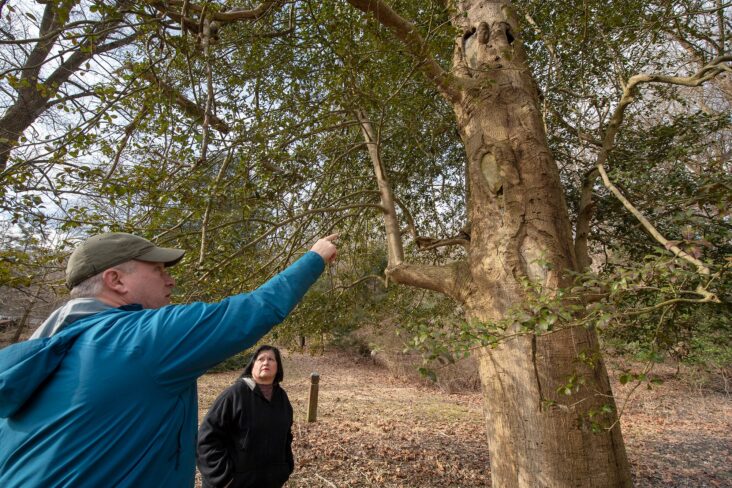
Serving as protectors, trees are far more than just a scenic backdrop to our daily lives. They are the protectors of our health, fulfilling environmental functions that are needed to maintain life as we know it. Trees help in cleaning the air we breathe by absorbing pollutants and releasing vital oxygen. Their extensive roots anchor the soil in place, reducing erosion, and their canopies provide shelter to many species, supporting biodiversity.
The visual pleasure of lush, green trees is obvious, enhancing the allure of our neighborhoods, lowering stress, and contributing to higher property values. Economically, trees add value by cutting cooling expenses through their shade and by acting as barriers against the wind.
Still, trees can fall victim to neglect or disease, and their plights might go unnoticed by those not versed in tree health. Signs like leaves changing color prematurely, unexpected leaf shedding, or a notable absence of leaves may signify a plea for aid—a sign that our arboreal allies need intervention. By recognizing these discrete signals, we can provide better care for trees.
Enemies of the Arbor: Identifying Tree Diseases
Trees are often seen as pillars of the natural world, yet they are not impervious to diseases that can compromise their health and longevity. Some of the most common tree diseases include apple scab, oak wilt, Dutch elm disease, chestnut blight, and pine pitch canker, each presenting its own set of symptoms such as discolored leaves, cankers, or decaying wood.
These ailments not only diminish the aesthetic value of trees but also pose a threat to their survival. The impact of tree diseases goes beyond the immediate, as they can stunt growth, weaken structural integrity, and even lead to the death of the tree, affecting the ecosystem that depends on it.
The relationship between these diseases and the environment is a dynamic and complex one, with factors like climate change, pollution, and human activities creating conditions that can exacerbate or even accelerate the spread of diseases. Recognizing these diseases, their indicators and their interaction with external conditions is key for arborists and gardeners in their efforts to protect our forests and urban trees.
The Diagnostic Toolkit: Methods Utilized by Tree Service Professionals
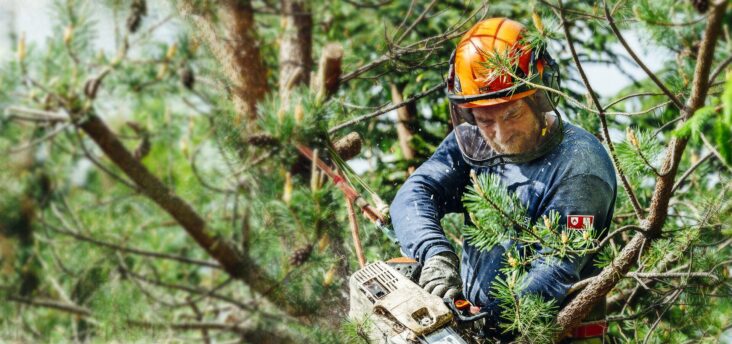
Understanding tree health is necessary for sustaining our urban and rural areas, which is why tree service professionals are equipped with an extensive set of diagnostic tools to identify and treat diseased trees. These experts use a range of both non-invasive and invasive diagnostic strategies to reveal potential problems that are not immediately obvious.
Non-invasive tactics typically include detailed visual evaluations, examination of leaves for discoloration or peculiar patterns, and the application of instruments like air spades that utilize compressed air to examine root structures without inflicting damage.
Invasive approaches may be required for more in-depth investigations, such as taking specimens for lab analysis or using increment borers to extract accurate information about a tree’s internal state.
Recent advances in technology have greatly enhanced the precision and efficiency of tree disease diagnosis, with cutting-edge tools like sonic tomography that emit sound waves into timber to pinpoint decay or hollows. Together, these methods empower tree service professionals to make well-informed choices during tree care, contributing to the sustained vitality and welfare of our natural arboreal cover.
Treatment and Recovery: Managing Tree Health
Maintaining the health of our trees is not just a matter of aesthetics but also of environmental responsibility. Various treatment options exist for diseased trees, with professionals often employing a combination of chemical and physical interventions to combat infections and infestations. It’s important to tackle the issue early on, meaning preventative measures such as regular pruning, proper watering, and soil care play a vital role in keeping trees robust.
Sometimes, despite our best efforts, a tree may be too far gone, and in such cases, removal is the last resort to prevent further spread of disease. It’s important to regularly inspect trees and consult with arborists to determine the best course of action, whether it be immediate treatment or, unfortunately, the removal of the tree to protect the surrounding environment.
Proactive Measures: Prevention of Tree Diseases
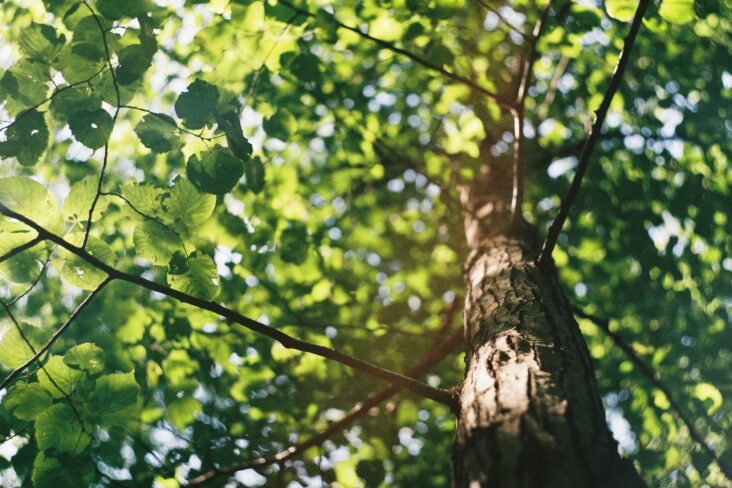
Ensuring the health and longevity of trees requires proactive measures, with regular maintenance and expert consultation at the front lines of disease prevention. Healthy trees not only enhance the aesthetic appeal of our environment but also contribute to ecosystem integrity.
Periodic checkups by arborists can identify potential issues before they escalate, making it important for tree owners to seek professional advice. Integrated Pest Management (IPM) plays a central role in maintaining tree health. This effective strategy combines biological, cultural, physical, and chemical tools in a way that minimizes economic, health, and environmental risks.
IPM emphasizes the importance of correct pest identification, monitoring, and thresholds, leading to informed decision-making and targeted interventions. What’s more, educating the public about tree care is necessary to make a community aware of the signs of disease and the steps needed to maintain healthy trees. This collective awareness and action can greatly contribute to forestalling the onset of diseases that could cause devastation.
Grasping the importance of tree service experts is key when addressing and managing different tree ailments. These individuals possess the expertise and equipment required to detect problems and apply suitable measures.
It is of great importance to champion preventative tree care, highlighting the advantages of consistent upkeep to deter diseases from establishing themselves. Additionally, it is necessary that we, as a society, enhance our overall consciousness regarding the importance of tree health. Trees constitute an essential component of our ecological environment, and the responsibility rests on each of us to unite in the conservation and sustenance of these organic treasures.
